The GMC Yukon’s Power Potential: A Look At The Future
The GMC Yukon’s Power Potential: A Look at the Future
The GMC Yukon’s Power Potential: A Look at the Future
Introduction
With enthusiasm, let’s navigate through the intriguing topic related to The GMC Yukon’s Power Potential: A Look at the Future. Let’s weave interesting information and offer fresh perspectives to the readers.
Table of Content

The GMC Yukon’s Power Potential: A Look at the Future
The GMC Yukon, a stalwart of the full-size SUV segment, has consistently impressed with its robust capabilities and refined comfort. As we look toward 2025, anticipation grows regarding the powertrain offerings that will define the next generation of this popular vehicle. While specific details remain under wraps, analyzing current trends and technological advancements provides valuable insight into the potential horsepower figures that could grace the Yukon’s engine bay.
Understanding Powertrain Advancements
The automotive industry is constantly evolving, driven by a desire for increased efficiency, reduced emissions, and enhanced performance. This pursuit has led to significant advancements in powertrain technology, particularly in the realm of internal combustion engines and electrification.
Internal Combustion Engine Enhancements:
- Turbocharging and Supercharging: These technologies force more air into the combustion chamber, increasing power output. Expect to see continued refinement of these techniques, potentially leading to higher horsepower figures.
- Direct Injection: This system injects fuel directly into the combustion chamber, optimizing fuel-air mixture and improving efficiency. Further advancements in direct injection technology could yield more power while maintaining fuel economy.
- Variable Valve Timing: This system adjusts valve timing based on engine load and speed, optimizing performance across different driving conditions. Sophisticated variable valve timing systems can contribute to both power and efficiency gains.
Electrification:
- Hybrid Systems: Integrating electric motors with gasoline engines provides a boost in power and torque, enhancing acceleration and towing capabilities. Hybrid Yukon models could offer a significant power advantage, particularly at lower RPMs.
- Plug-in Hybrids (PHEVs): PHEVs combine the benefits of hybrid technology with the ability to run solely on electric power for a limited range. This could offer a compelling blend of performance and fuel efficiency.
- Fully Electric Vehicles (EVs): The future of automotive power lies in electrification, and the Yukon could potentially be offered as a fully electric model. EVs deliver instant torque and impressive power figures, making them ideal for towing and off-road adventures.
Anticipating the 2025 Yukon’s Power Output
Based on current trends and technological advancements, the 2025 GMC Yukon could offer a range of powertrain options, each catering to specific needs and preferences.
Gasoline Engines:
- V8 Engines: The current Yukon’s V8 engine delivers ample power and torque, and future iterations could see further refinements. Expect to see horsepower figures around the 420-450 range, potentially reaching even higher levels with the aid of turbocharging or supercharging.
- V6 Engines: While less common in the full-size SUV segment, a more efficient and potentially turbocharged V6 engine could be offered, delivering around 350-400 horsepower.
Hybrid and Electric Options:
- Hybrid Powertrains: Hybrid Yukon models could offer a significant power boost, particularly at lower RPMs. Expect combined horsepower figures around 450-500, providing a blend of efficiency and performance.
- Plug-in Hybrids (PHEVs): PHEV Yukons could deliver a similar power output to hybrid models, with the added benefit of electric-only driving for short distances.
- Fully Electric Vehicles (EVs): A fully electric Yukon could offer impressive power and torque figures, potentially exceeding 500 horsepower.
The Importance of Power in the Yukon
The GMC Yukon’s power is crucial for its intended purpose: a capable and luxurious full-size SUV. Power translates to:
- Towing Capacity: The Yukon is often used for towing trailers, boats, and other heavy loads. Higher horsepower figures directly translate to increased towing capacity, making it easier to haul heavy loads and maintain safe speeds on inclines.
- Acceleration and Passing Power: For a vehicle of its size, the Yukon needs ample power for confident acceleration and passing maneuvers. This is especially important when merging onto highways or overtaking slower vehicles.
- Off-Road Capability: While not a dedicated off-road vehicle, the Yukon can handle light off-roading. Adequate power is essential for traversing rough terrain and navigating obstacles.
- Driving Experience: The Yukon’s power provides a sense of confidence and control, making it a pleasure to drive, especially on long journeys.
FAQs about 2025 GMC Yukon Horsepower
Q: Will the 2025 Yukon have a turbocharged V6 engine?
A: It’s possible, but not confirmed. The current trend towards increased efficiency and lower emissions could make a turbocharged V6 a compelling option. However, GMC may prioritize the V8 engine for its power and towing capabilities.
Q: Will the 2025 Yukon offer a fully electric powertrain?
A: While GMC has not officially announced an electric Yukon, the growing popularity of EVs and GMC’s commitment to electrification suggest it’s a strong possibility.
Q: How much horsepower will the 2025 Yukon have?
A: Specific horsepower figures are not yet available. However, based on current trends and technological advancements, it’s reasonable to expect power outputs ranging from around 400 horsepower for a V6 engine to potentially over 500 horsepower for a hybrid or electric model.
Tips for Maximizing the 2025 Yukon’s Power
- Regular Maintenance: Ensuring proper maintenance, including oil changes, air filter replacements, and spark plug replacements, is crucial for maintaining optimal engine performance.
- Fuel Quality: Using high-quality fuel is essential for maximizing engine power and efficiency. Avoid using lower-grade fuel as it can lead to decreased performance and potential engine damage.
- Driving Habits: Avoid aggressive acceleration and excessive braking, as these habits can strain the engine and reduce fuel efficiency. Smooth acceleration and anticipation of traffic conditions can help optimize power and fuel consumption.
- Proper Tire Inflation: Maintaining proper tire inflation levels is essential for optimal handling and fuel efficiency. Underinflated tires can increase rolling resistance, reducing power output and fuel economy.
Conclusion
The 2025 GMC Yukon promises to be a powerful and capable SUV, offering a range of powertrain options to suit diverse needs and preferences. From refined V8 engines to innovative hybrid and electric powertrains, the future of the Yukon looks bright, with the potential for even greater power and performance. As we await official details, the anticipation for the 2025 Yukon’s powertrain offerings continues to build, promising an exciting chapter in the evolution of this iconic SUV.
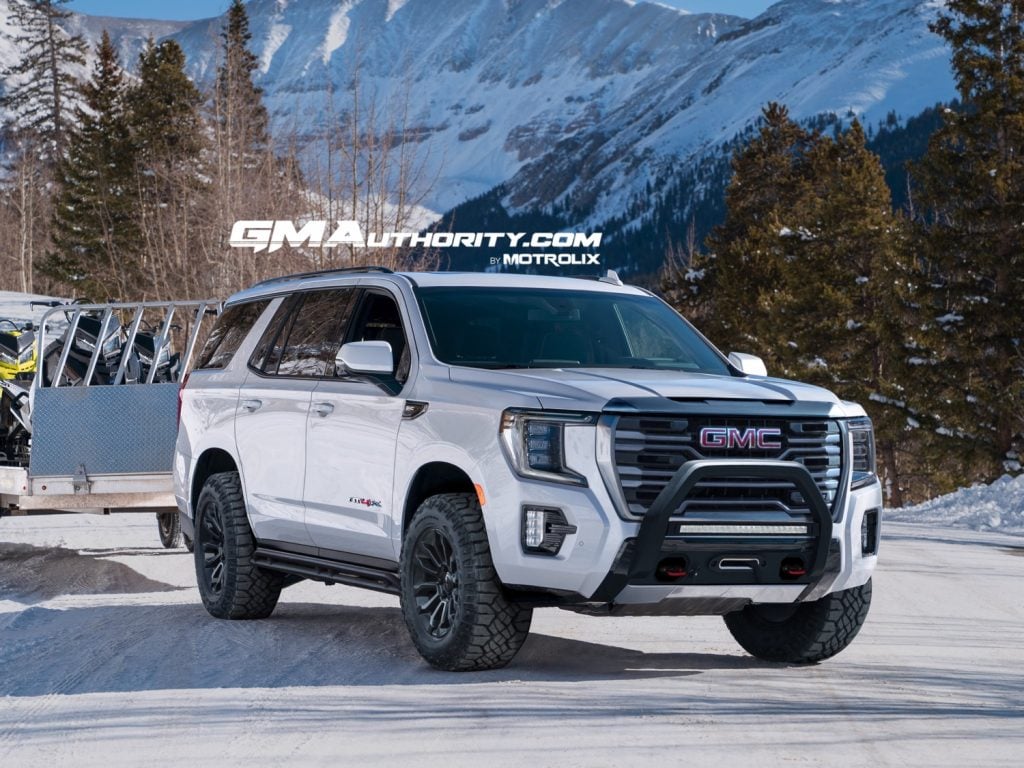
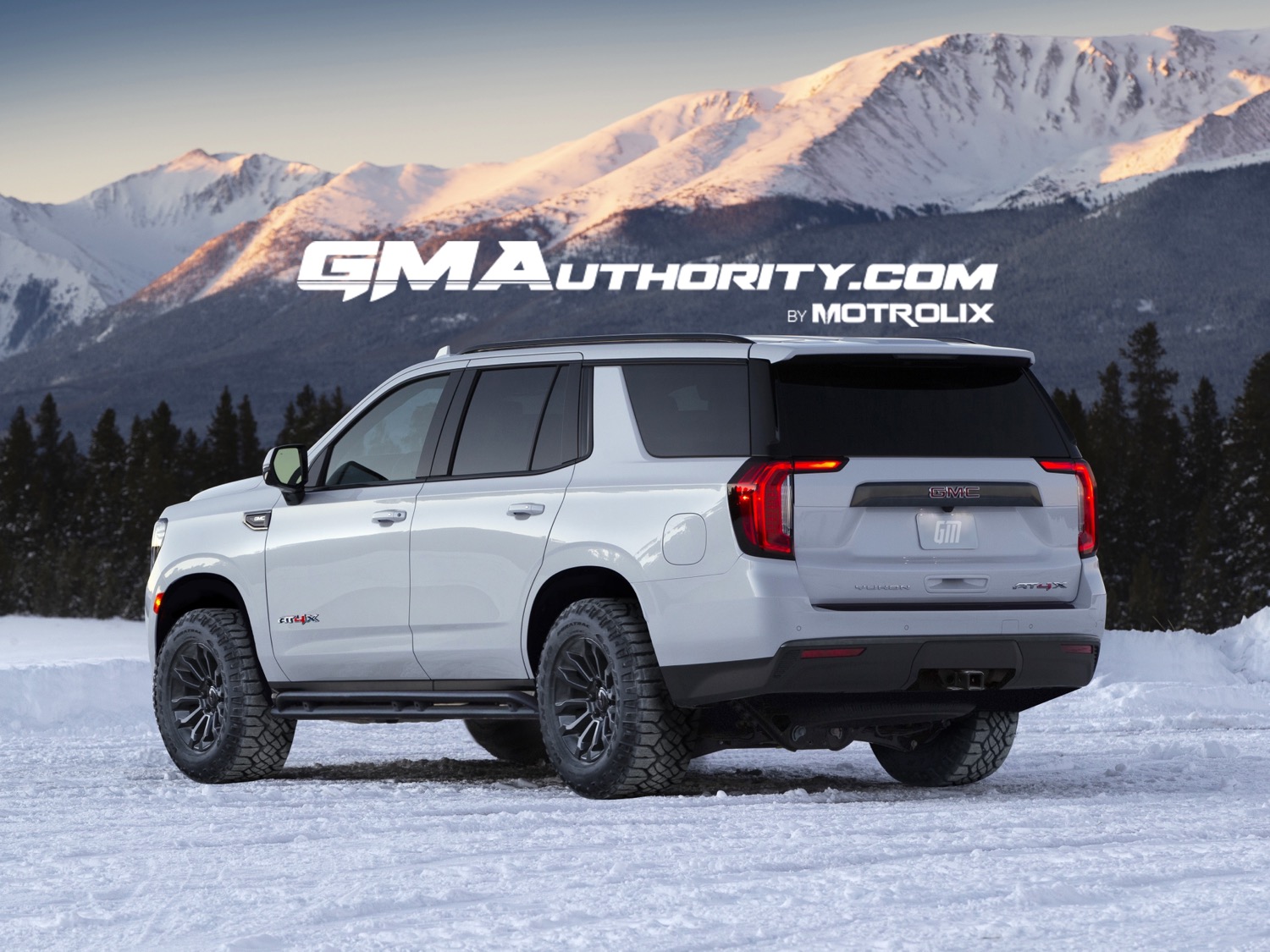
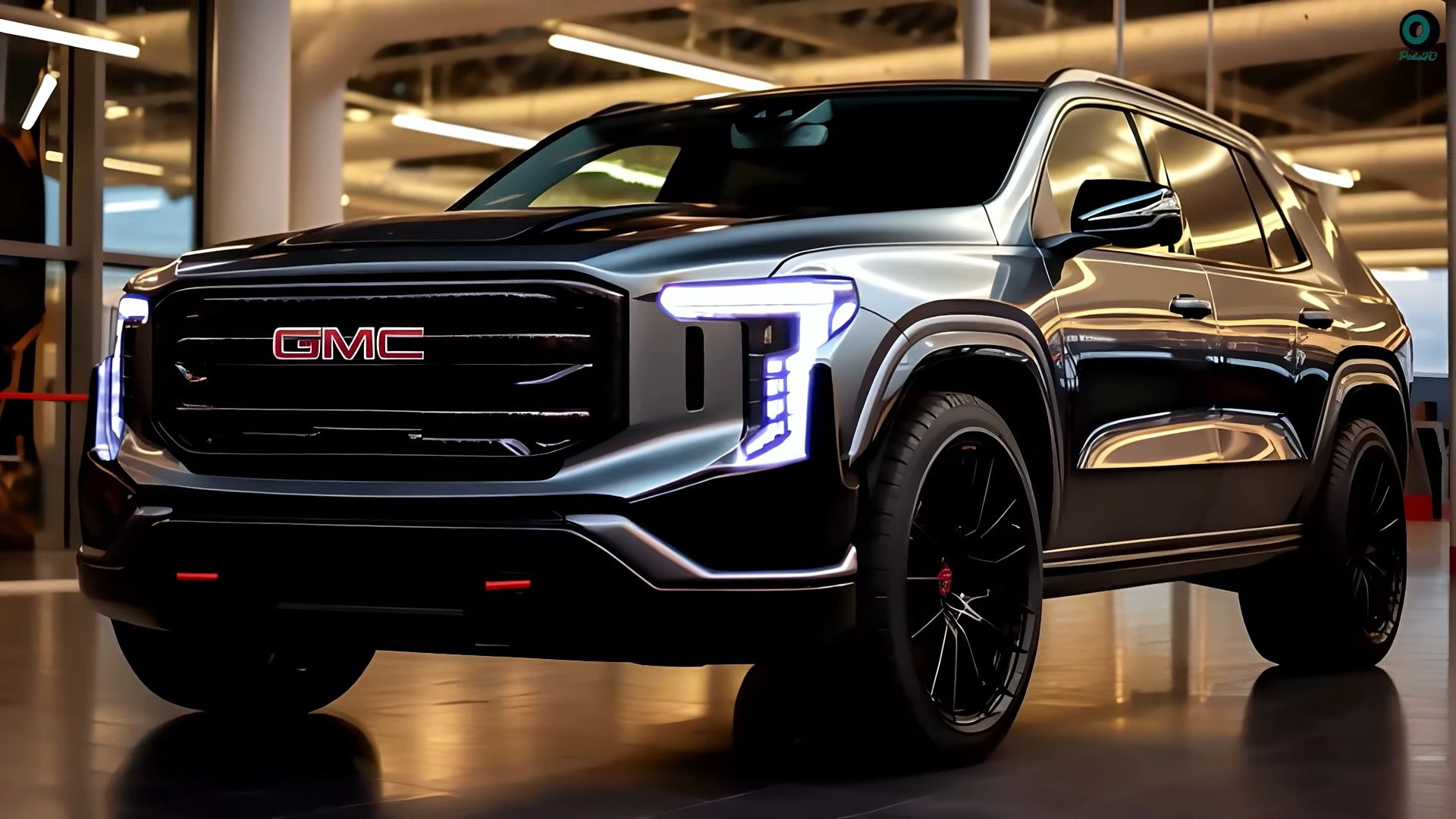
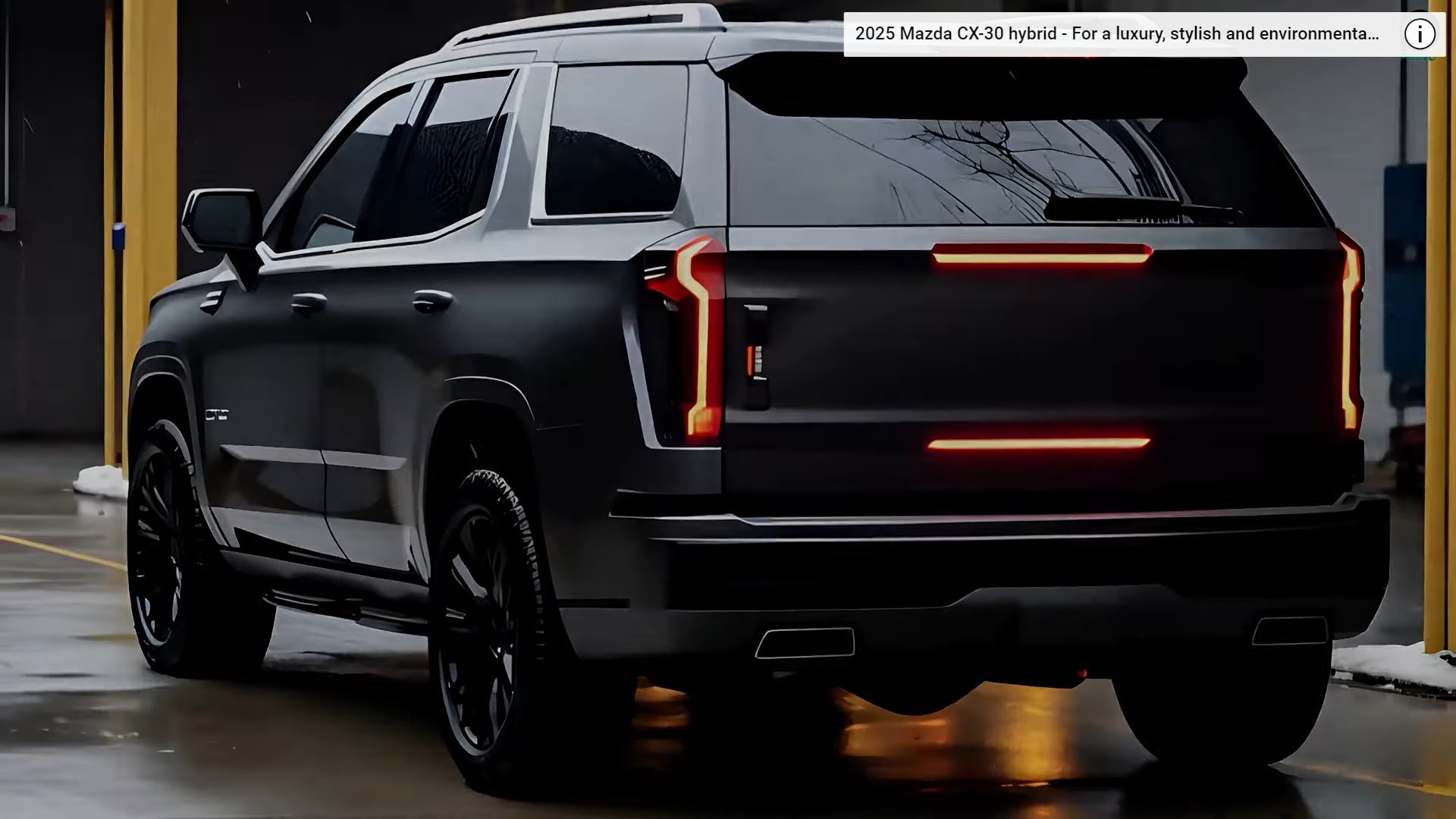

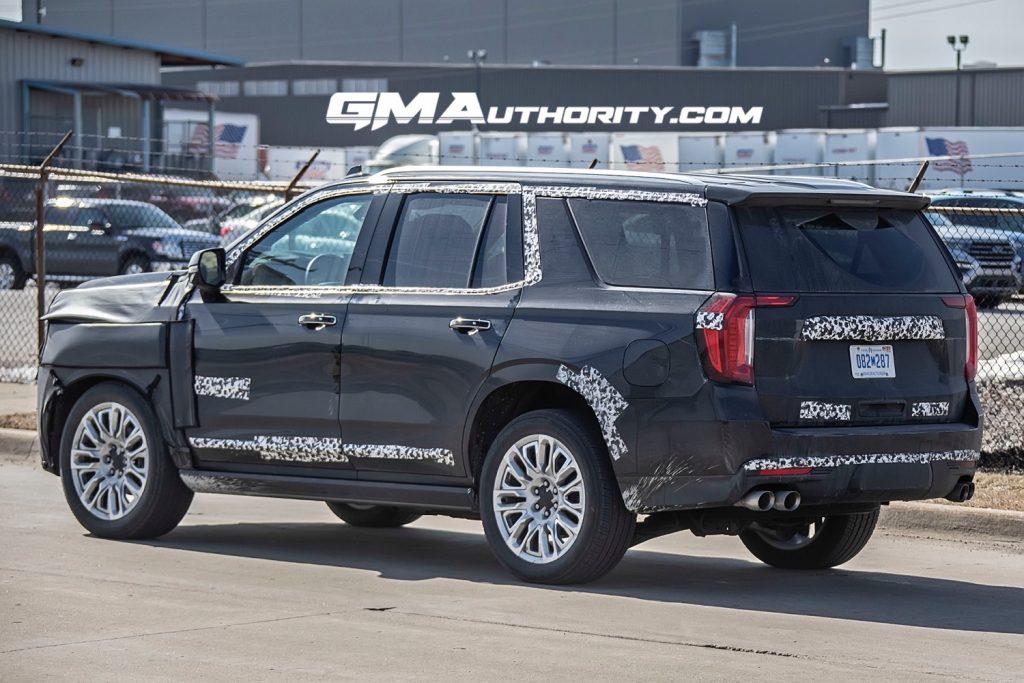
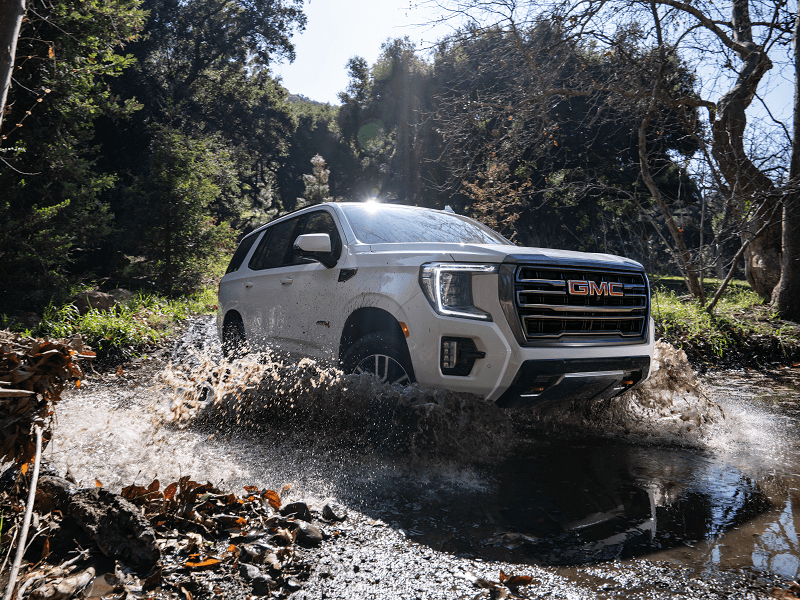

Closure
Thus, we hope this article has provided valuable insights into The GMC Yukon’s Power Potential: A Look at the Future. We thank you for taking the time to read this article. See you in our next article!